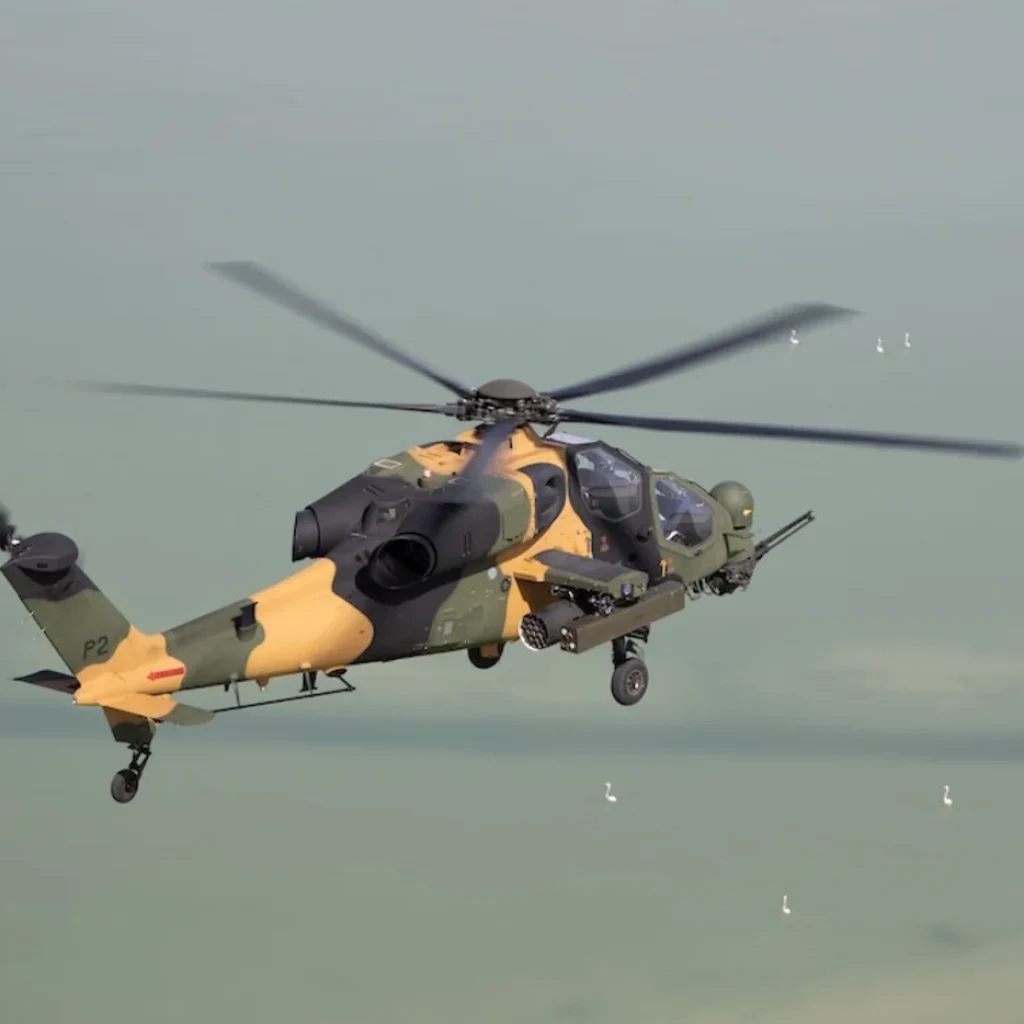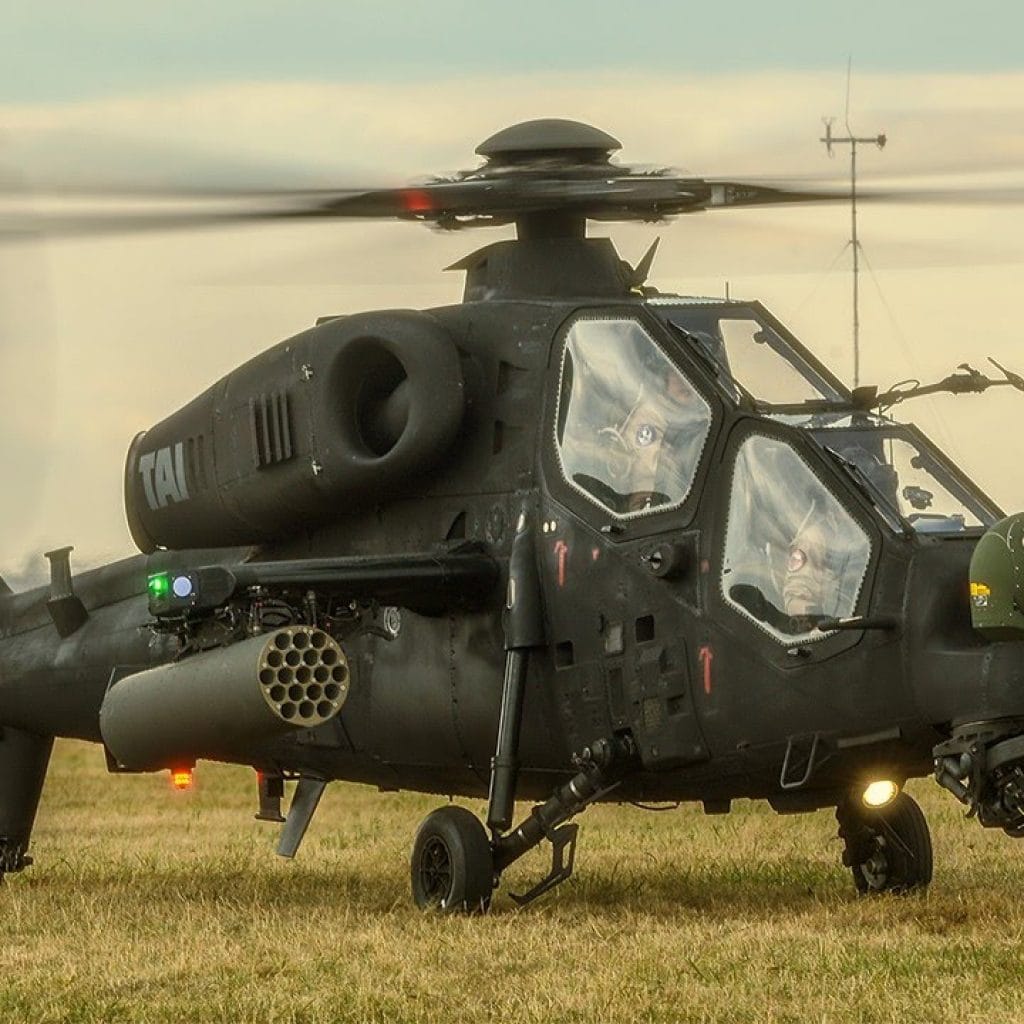Somalia has entered a new chapter in its security capabilities following the covert delivery of three advanced T129 ATAK helicopters by Turkiye, in a move that could significantly alter the balance of power in the country’s long-running war against the al-Shabab armed group.
The ATAK helicopters, developed by Turkiye are among Turkiye’s most sophisticated rotary-wing combat systems. Armed with 20mm autocannons, anti-tank missiles (CİRİT and UMTAS), and advanced night vision and laser targeting systems, the aircraft are capable of conducting high-precision missions in rugged environments—day or night.
Though neither the Somali government nor Turkiye has officially announced the delivery, Middle East Eye—a source known for its close coverage of Turkish foreign policy—reported the transfer earlier this week. The report suggests that Somalia’s new aviation assets mark the first successful international deployment of the ATAK helicopters in Africa, outpacing other potential buyers like Pakistan, Saudi Arabia, and Qatar, which have faced delays or cancellations due to U.S. export controls on key components.
Tactical Superiority Against al-Shabab
Security analysts say the arrival of the helicopters gives Somalia a rare air superiority advantage over al-Shabab, a group that has long relied on terrain familiarity and mobility to avoid direct confrontation with government forces.
“This is not just a symbolic transfer—it gives Somalia, for the first time, the capability to carry out rapid aerial assaults, surveillance, and precision strikes in forested and mountainous regions where al-Shabab operates,” said a Mogadishu-based analyst to WAJ who requested anonymity.
The helicopters are expected to be flown by Somali pilots trained in Turkiye, following a year-long intensive program. The move aligns with a 2024 defense agreement between the two nations, which also includes Turkish support for developing a Somali naval force and supplying additional utility helicopters to the Somali Navy.

Turkiye Filling the Gap Left by the U.S.
The delivery comes at a time when U.S. military assistance to Somalia has been significantly scaled back, including budget cuts to elite units such as Danab. Turkiye, by contrast, has doubled its military presence in the country, with over 500 troops now stationed in Mogadishu, the operation of Bayraktar TB2 and Akinci drones, and training programs for Somali special forces.
Observers say this is part of a broader strategy by Ankara to assert regional influence and establish itself as a long-term security partner in the Horn of Africa.
“Turkiye isn’t just supplying weapons—it’s embedding itself as a strategic ally, offering a level of integration, training, and infrastructure support that few others can match,” noted a regional security expert.
Strategic Silence or Missed Opportunity?
Despite the significance of the delivery, there has been no official statement from Somali authorities. Analysts view this silence as a missed opportunity to boost public morale and reassure citizens about the government’s readiness to defeat terror threats.
The lack of official communication has raised questions in Mogadishu about whether the government is fully utilizing strategic gains to shape public perception, attract diplomatic backing, and leverage media narratives.
As Somalia prepares for historic direct elections in 2026, the shift in military capability may not only serve in the battlefield but also in shaping the political landscape. Turkiye’s deeper involvement could enhance Somalia’s diplomatic profile, and offer new avenues for economic and security cooperation with global powers.
For now, the arrival of the ATAK helicopters signals a significant moment—one that may prove critical in the fight to restore stability and defeat one of Africa’s most entrenched insurgencies.



